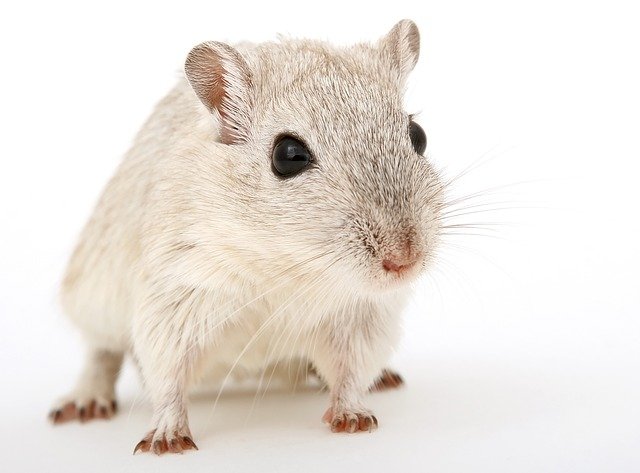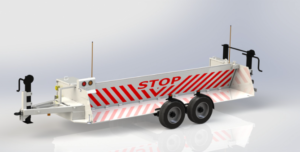
The ecosystem is incomplete without bugs and critters. When they exist in the right places, they connect the ecosystem with other eco levels, but if pests are in the wrong areas such as classrooms, houses, offices, they are a nuisance. In addition, they are known to cause diseases and massive destruction to property. The National Pest Management Association (NPMA) estimates that terminates alone cause property destruction reaching up to five million dollars annually. The most appropriate method of preventing pests from infesting your indoors is keeping them clean and tidy always. Avoid spilling foods, and if you do, ensure that you pick them instantly. You must store dry foods and pet foods in air-tight tins. Covering all avenues through which pets could enter, such as cracked foundations, torn screens, spaces in weather-stripping, and open vents and pipes, is mandatory. NPMA list the following pests as the most common occurring:
1. Rats
The adverse effects of rats around your home are far-reaching. You must always check around for the presence of rats in common spots in your home, such as the pool, yard, near electrical wires, and kitchen. Enforcing curative measures against rats will be necessary if you spot burrows in your garden, rats running across the garden or electrical cables, rat droppings, rustling at night, etc. The worst dangers of a rat infestation include damaging food reserves, damaging electric wires that could lead to house fires, gnawing of wood, and destruction of insulation, resulting in expensive repairs and rat diseases such as ratbite fever typhus, salmonellosis, etc. Preventative measures are hence necessary for curbing a full-blown infestation of rats. Some of the steps include putting away food and all food sources around the house as it acts as bait, installing rodent-proof in your home where all holes are sealed with either metal or steel wool. While traps may kill the rats, they may lead to an unbearable stench, which may cause further stress.
2. Cockroaches
Cockroaches are a type of bug that is causing agony in many households. Some of the dangers of cockroaches include food contamination, staining of surfaces, destruction of books and fabrics, the transmission of diseases such as salmonella, hepatitis virus, staphylococcus, coliform, streptococcus, etc. While insect sprays are effective in the short run, long-term curbing cockroaches include cutting food and water supply for the bugs and airing all their hiding spots, such as under carpets. Traps are effective in reducing their reappearance quickly.
3. Termites
Termites are white, brown, or tan-colored bugs that attack the wood used in building houses, furniture, books, and food reserves. To understand the massive damage that termites may cause in your home, remember a single queen termite lays thousands of eggs daily. Signs of termite infestation in your home include blisters, tunnels, or dark spots on lumber and spotting of winged insects during the fall or spring seasons. Since termites are of different species, having a professional determination of the type that has attacked your homes helps determine the best curative measures to adopt. The most common preventative measures across all types include using termite-resistant wood such as cedar, white oak, and redwood when building, proper ventilation to avoid moisture-retaining, building with wood at twelve inches above the ground.
4. Mosquitoes
While mosquitoes are common in the tropical climate, it is easy to spot mosquitoes anywhere. Mosquitoes are disease-causing insects, with the expected infection being malaria. In rare cases, mosquitoes can lead to anemia. While preventative measures include a tidy environment around your house, if you have an attack, you can use more outside resources. For example, Georgia residents can use the Atlanta mosquito misting system to chase away these annoying insects.
5. Ants
If you spot an ant around your shelf, it is evidence enough of their existence in your home. Ants are known to attack in masses; hence as soon as you spot a few, you must come in quickly to prevent a full-blown infestation. The successful curative measures used to get rid of ants in your home include getting rid of any apparatus where they have covered and cleaned up the surfaces with soapy water. On the other hand, preventative measures include immediate cleaning of sticky objects and food spills, sealing off entry points with caulk, and getting rid of plantings.
6. Mice
Mice are smaller than rats but extremely destructive critters. While they are not easily visible, evidence of their existence in your home is their droppings lying around. Mice urine is highly damaging to your books, pillows, clothes, household items, etc. Preventative measures for mice are curbing overpopulation, denying them food, sealing all entry points, and using rodenticides, mice traps, and glue boards.
Pests are not only embarrassing but also dig dip into your pockets when they attack your home. Understanding the various types of problems that could attack your home is a step further into preventing their attacks.

